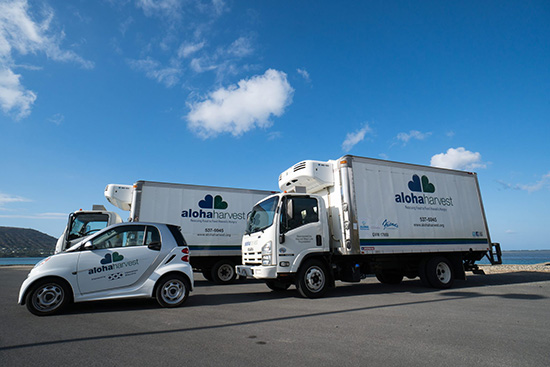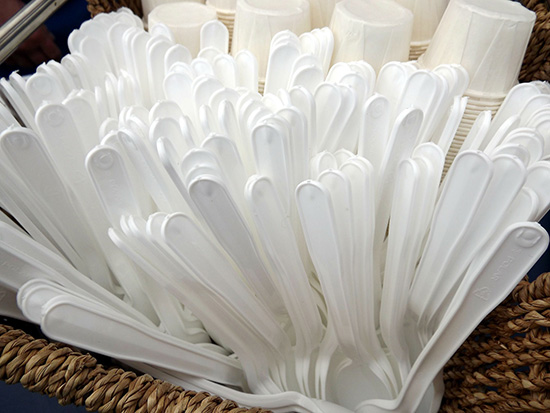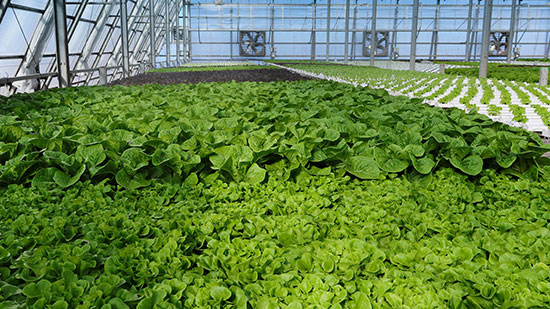
by Ashley Molina, Special to Ka ‘Ohana
Aloha Harvest is an O‘ahu-based non-profit organization that rescues food from donors and redistributes it to food pantries in need on the same day. Its mission is to fight hunger by saving food that would otherwise be thrown away.
According to the organization’s website, 26 percent of the available food supply in Hawai‘i is wasted annually. The food is usually burned at H-Power or taken to the Waimānalo Gulch Sanitary Landfill.
Not everyone supports diverting trash from H-Power. Leslie Pyo, Aloha Harvest’s communications and marketing manager, explained that the city must produce a certain amount of trash to be burned or it will be fined.
Pyo said that “there is no way to incentivize people to produce less waste if you are under contract and are going to be fined if you do not produce enough waste that has to be burned.”
To put it another way, if the city does not meet its quota, money comes directly from taxpayers to pay the fine.
In addition, burning trash at H-Power counts as renewable energy although it is not a reliable source. Pyo said “this form of waste is not recognized by the EPA because it counts as green energy, although on a good day only 4 percent of O‘ahu’s energy comes from H-Power.”
While it may be hard to convince people to divert waste from H-Power, diverting it from the local landfill is advantageous for everyone. On O‘ahu there is only one landfill for municipal waste, Waimanalo Gulch Sanitary Landfill.
“The landfill was voted to be closed by 2028, and there is not an alternative site
proposed for O‘ahu’s waste,” Pyo said.
Not only does diverting food from the landfill save space, it reduces the environmental impact of food waste on the atmosphere as well. According to Aloha Harvest’s website, landfill food rots under anaerobic conditions, producing methane, a greenhouse gas at least 25 times more potent than carbon dioxide.
In order to increase Aloha Harvest’s efforts in rescuing food for the community, it will
be releasing an app called ‘aiRescue by the end of the year. The app will allow users to pick up food that needs to be rescued and deliver it to a food bank in need, thereby reserving the organization’s pickup trucks for larger orders.
The organization also hopes to establish its own storage facility in the future so that it can
reach more people on O‘ahu and the other islands. For more information or to get involved, go to alohaharvest.org.




